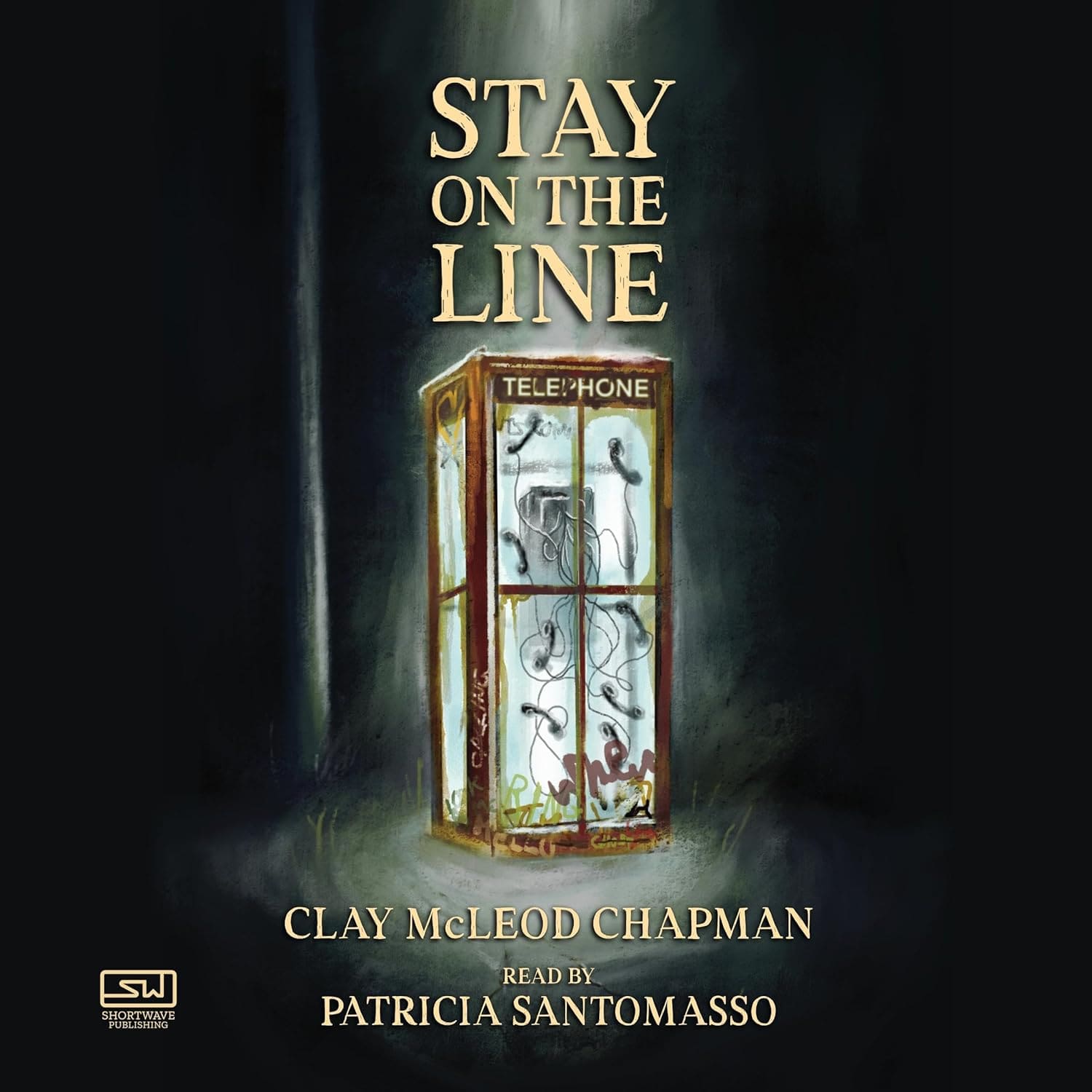
Synopsis:
“This book is a literary punch to the heart.” —New York Times
After a small coastal town is devastated by a hurricane, the survivors gravitate toward a long out-of-service payphone in hopes of talking out their grief and saying goodbye to loved ones, only for it to begin ringing on its own. As more townspeople answer the call, friends and family believed to have been lost to the storm begin searching for a way back home.
Review:
Whichever ad wizards came up with the long-enduring ad slogan of “Reach out and touch someone” for AT&T back in the 1970s probably didn’t expect their campaign encouraging Americans to rack up their phone bills with long distance call charges to provide a touchstone for telephonic grief horror so many decades later. Of course, one doesn’t have to look hard to find a certain insidiousness in those words, to twist an otherwise cozy, cutesy corporate phrase into a threatening promise.
When Hurricane Aubrey hits the Chesapeake, bartender Jenny loses her fisherman love, Callum, to the elements. The loss unmoors her and their daughter, leaving them stranded and emotionally adrift. Their small town of only a few hundred is hit hard, but one of the things left standing is a long-defunct payphone outside Jenny’s dockside watering hole. It hasn’t been operational in decades, the booth now covered in graffiti and used as a make-out spot for local teens. It’s even where Jenny and Callum conceive their daughter, Shelby. Reach out and touch someone, indeed!
In the wake of Aubrey’s violent tantrum, the booth has attracted a new crowd. People who have lost loved ones in the storm now line up in the bar’s parking lot for a chance to step inside that phone booth, waiting for their turn to use the old, dead landline to speak one last time to their dearly departed.
Clay McLeod Chapman doesn’t exactly reinvent the wheel with Stay on the Line, turning to the familiar ‘phone-calls from the dead’ trope that has largely replaced the Ouija board in the 21st Century, but he does a great job firmly grounding the story within the emotional core of grieving widow Jenny. There can still be room for worn tropes as long as they are propped up by strong, compelling characters that give us a reason to care, and Chapman succeeds in that. It helps, too, that Stay on the Line is supremely focused and the author keeps it short, knowing, perhaps, that it’s a tired premise but that his characters are young, strong, and emotionally potent. In print, Stay on the Line was only about 80 pages with illustrations, and this audiobook runs a brisk 61 minutes.
Chapman uses much of the first half of this novelette to establish the family and their dynamic. Callum is the fun parent and has turned the ancient phone booth into a fantastical story point in the bedtime stories he tells Shelby. He’s also had to convince Shelby that the phone booth was, in fact, an actual, real-life, functioning telephone that people used to make calls. She doesn’t believe him. I couldn’t help but grin at this, having had a similar conversation with both of my sons over the old-fashioned toy rotary phone they once played with. It didn’t look anything at all like the iPhones my wife and I use, didn’t take pictures or videos, and had this big dial on it. It couldn’t possibly be a phone; daddy was just pulling their leg. I think my wife talked them around eventually, and then they saw similar rotary phones in a movie from the 80s and realized we were actually serious.Thankfully, they haven’t gotten any phone calls from deceased relatives on their toy (yet).
Stay on the Line digs deeper into the supernatural in its second half, when Jenny can no longer resist her curiosity about the phone booth and whether or not it will reconnect her with her lost love. Chapman covers the usual ground one would expect from the premise, but he does offer up some neat sequences of creeping dread, and one flat-out horrific scene in which the phone booth becomes a tomb of aquatic horrors. The audio production helps to amplify the creep factor with some well-done sound effects mixed in by audio editor Eric West. Sean Patrick Hopkins’s voice work as Jenny’s other half takes on spooky, staticky, ethereal overtones that really help sell the otherworldly nature of Jenny and Callum’s conversations.
The bulk of the production, though, belongs to Patricia Santomasso, who positively inhabits the role of Jenny, bringing nuance and heartfelt emotion through the grief of her loss, the elation of being reconnected with Callum, and the wariness and fear over the concerns that follow. On a personal note, I’ve worked with Santomasso and Hopkins both in separate audiobook productions of my own work and was absolutely delighted at how those projects turned out. As such, I was expecting them to bring their talents to the fore here and wasn’t the least bit surprised to find their work to be excellent. I did my best to avoid any bias in my judgements here, but I’ll let you listen to them and decide for yourself. Let me just say, there is a reason they’re both award winning narrators with hundreds upon hundreds of titles under their belt.
Stay on the Line is an emotionally resonant horror and Santomasso brings it all to compelling life. Her narration is as richly heartfelt as Chapman’s earnest prose. If you’ve read the print edition previously, you’ll want to experience the story again as an audiobook. If you haven’t, you may want to reach out and… well, maybe not touch someone, but at least grab yourself a copy.











Leave a Reply